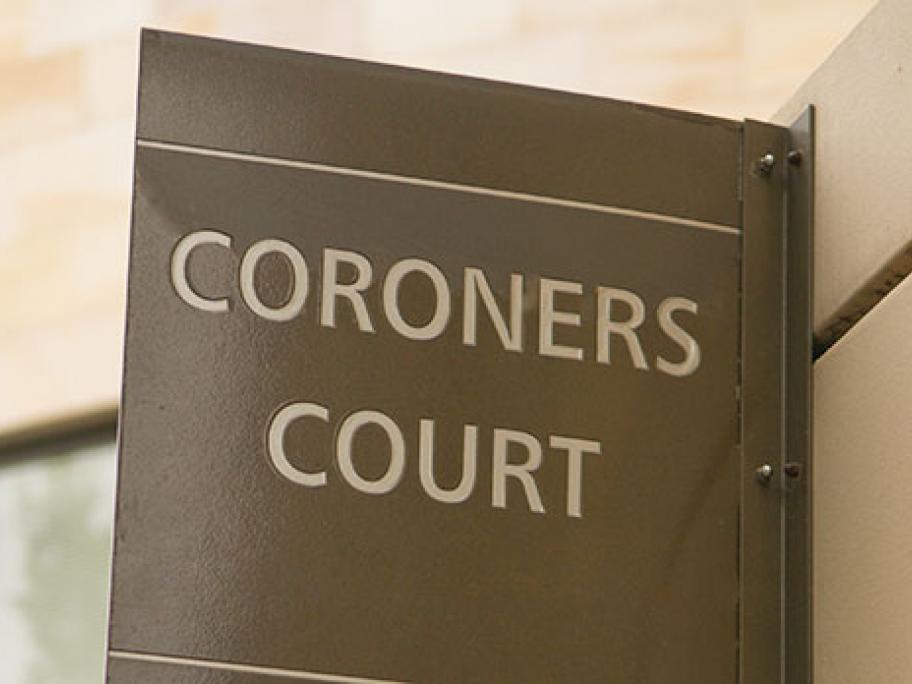On 8 March 2022 the Coroners Court of Queensland delivered its Inquest Findings into the death of Mr Christopher Powell.
Mr Powell, was a 41 year old experienced photographer who was taking marketing photos for a new development at Newstead when tragedy struck on 14 December 2015. In order to capture a sunset image Mr Powell was hoisted approximately 50 metres above the ground in a crew basket raised from a “crane truck” or “elevated work platform” (“EWP”). Assisting Mr Powell was his 17 years old son, Brendan. Both were wearing safety clips.
The EWP was a 33 tonne body truck fitted with a 70 metre telescopic boom on a turntable with four outrigger legs, each with stabilising pads. The vacant lot where the EWP had been set up had been used in days before the accident but not in exactly the same position. There had been recent excavation, demolition and rain on the site. The EWP was being operated by Mr Sugden.
Mr Sugden gave evidence that when the photography was nearly finished he heard a noise and saw that a hollow in the ground was forming around the base of one of the stabiliser pads. He could see the ground giving way and one of the outrigger legs sinking into the ground. He radioed Mr Powell and began retracting the crane arm and basket. However, within seconds the leg sunk further (1.7 metres) and the truck capsised casing the boom and basket to fall onto a nearby road. Mr Powell was still inside the basket but pronounced dead at the scene. Brendan was thrown from the basket and sustained serious injuries. The Coroner, Mr MacKenzie noted Brendan had endured years of rehabilitation and had resumed a “hybrid normality” to his life.
The Inquest focused on the cause of the tragic accident and not on attributing blame. Earlier in 2017 Workplace Health and Safety finalised its report into the accident and concluded no one would be prosecuted and that Mr Sugden had followed the training he had been provided with.
The Inquest found that Mr Powell died as a result of the EWP rollover caused by unstable ground leading to a fall from height. The Coroner described the ground where the outrigger leg sank as a “piecrust surface”.
Ultimately the Coroner made 4 recommendations in respect to how to prevent other deaths from happening in similar circumstances:
- The Mobile Crane Code of Practice 2006 (Qld) mandate that operators of an EWP in excess of 5 tonnes, with a boom of 11 metres or more, performing high risk work, should obtain a geotechnical report before setting the EWP up in a complex ground site.
- The relevant provisions of the Mobile Crane Code of Practice 2006 (Qld) be incorporated into the the Queensland Safe Support of Mobile Plant Guide ( 2018), Safe Work Australia Guide to Managing the Risks of Elevating Work Platforms and the EWPA Good Practice Guide.
- EWP operators receive additional training by geotechnical experts in relation to identification of hazardous and unsure ground conditions and how to interpret geothermic reports.
- The Queensland Government, industry groups and regulators consult with each other and Commonwealth and interstate and territory WPHS Regulators about these proposed amendments in the context of National Model Work Health and Safety laws.
The Coroner concluded by noting that whilst his recommendations if implemented may be expensive, the relevant government, industry and regulatory bodies should consider them closely.
“Safety isn’t expensive, it’s priceless.” – Anon.


